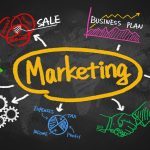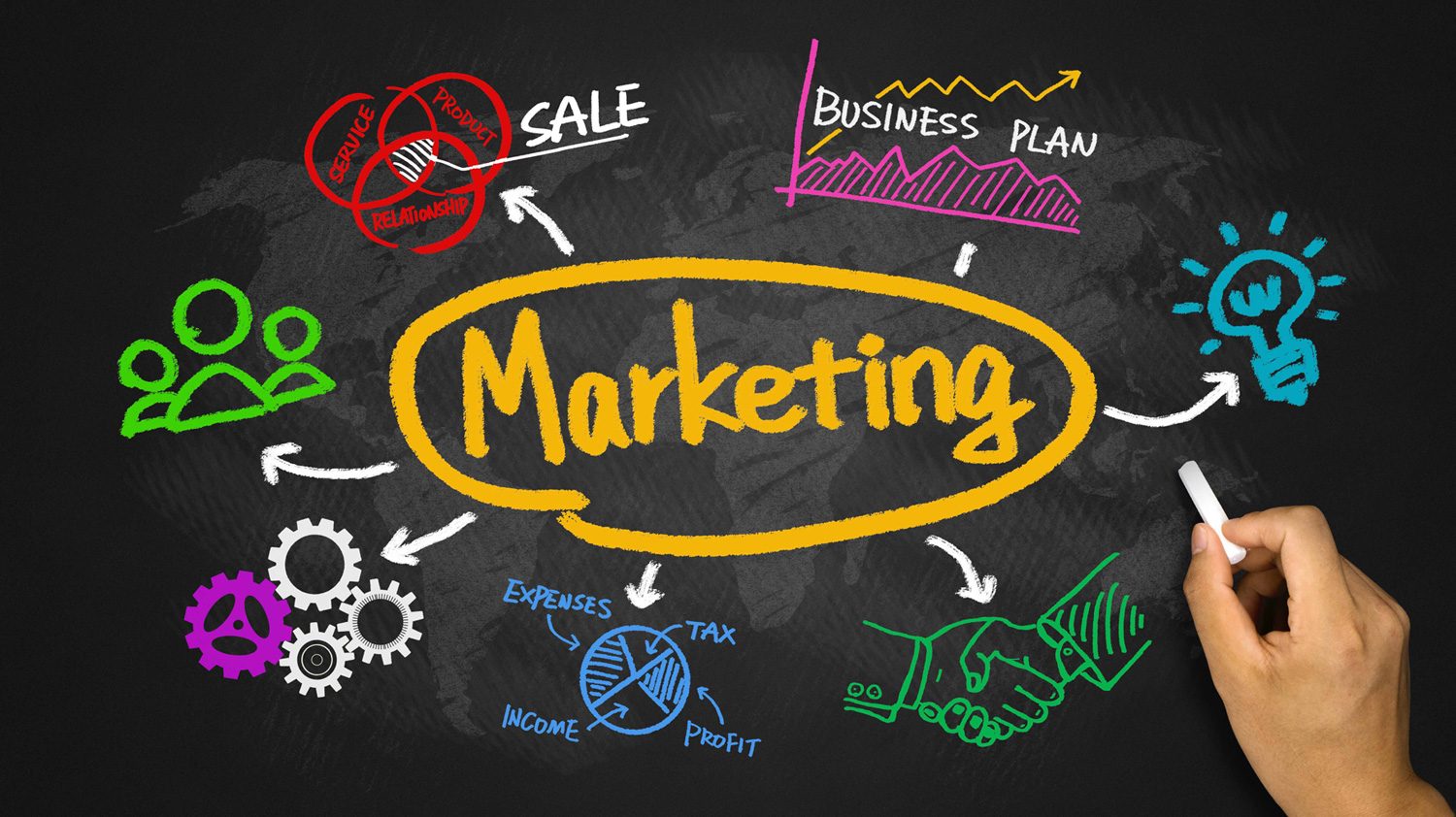The ten most important points of marketing (by Romina Giovannoli)


Byram J. Bigdom, after a twenty-year career in the world of finance, becomes CEO, and so he finds himself every day confronting those in marketing who speak the jargon of a discipline he knows nothing about. Who do you ask for help? One morning on his desk he finds a shiny new computer. He turns it on and immediately a Genius wearing a turban like the one in the old Aladdin movie appears on the screen. The Genius immediately offers him his help to enlighten him on everything there is to know about marketing.
From this tale by Jack Trout, entitled "The Wisdom of the Genius", in the form of dialogue emerge the ten most important points of marketing that this article will summarize.
Let's start analyzing the marketing points that Byram J. Bigdom and the Genius face in the course of the dialogue:
- The essence of marketing
Marketing is about finding out what you have to do to sell your product or service profitably by considering your marketing strategy as a movie where the star is the product. In the film everyone and everything is part of the narration of a simple story that explains why the product is different and why it has to be bought instead of the others. So if the product solves a problem, the problem must first be dramatized and then the product must be horse-drawn to save the day. If the product is new, existing products should be presented in a way that emphasizes the novelty of the product. If, on the other hand, the product has a competitor, it must be explained why the product is an alternative.
2.The branding
“A branding program is all about differentiating your product, or your business, from others in your category” (Trout, 2012, p.36). As Michael Porter said: “Competitive strategy is about being different. It means deliberately choosing a range of activities to communicate a unique mix of values. The essence of the strategy is in the activities: choosing to carry out activities other than those of rivals. Otherwise, a strategy is nothing more than a marketing slogan that will not stand up to the competition ”.
So with branding you have to establish a different brand and idea in the mind of the potential buyer while staying focused:
- on the type of product such as Duracell for alkaline batteries;
- on the type of product features such as Volvo for safety;
- on one of the reference segments of a category so as to become the favorite product in that segment as Pepsi for the younger generation.
- The product strategy
In marketing it is very important to create a category in which you are first. This is nothing more than the law of leadership: it is better to be the first than to be better than the others. It is very easy to enter someone's mind first than to convince them that you have a better product than the one that came before.
The leading brand in a category is almost always first in the shopper's mind: Hertz for rental cars, IBM for computers, Coca-Cola for soft drinks, Starbucks for specialty coffees. One of the reasons a brand tends to maintain leadership is because its name often becomes a commonly used word such as Scotch. Another reason is that strong leaders generate better ideas, or next-generation products. For example Gillette stands out in the field of razors. Every two or three years it replaces one: Trac II, Astra, Sensor, Mach3. This is why the competition never catches up with it.
Keep in mind that you cannot become an alternative to the Number One by offering the same thing, you have to attack the leader with an improvement or you have to focus on a different segment or group of customers in that category; for example Coke is for older people while Pepsi is for young people.
If there is already the Numero Uno product and the Numero Due product, a new sub-category must be inaugurated because customers having an open mind are interested in what's new.
- The price
The price of your product must remain within the average. If it is out of the ordinary, customers start wondering why they are paying more and start heading towards the competitor's product. People are willing to pay more for a better product whose quality is visible.
Positioning your product with a low price is difficult because competitors can lower their prices as many times as they want and the advantage vanishes. As Michael Porter said: “reducing prices is usually madness if the competition can get you down as much”.
- Growth
To grow a brand you have to stay within your experience by setting realistic goals within the limits of your perceptions, for example you can add product forms if they make sense to potential customers.
- Research
Good research wastes no time in figuring out what people want or in probing the psyche. It simply tries to measure the product's perceptions of what differentiates it from the competition.
- Advertising
The advertising program must avoid meaningless slogans by highlighting the difference and the benefit that the product can bring. This difference needs to be dramatized in the commercial. At the same time, the announcement must be sincere. The message must sound like news because people are always looking for news. Furthermore, “the news is disarming and people are lowering their defenses against the sale” (Trout, 2021, p.93). Don't forget, advertising must be simple. “One message is better than two messages. Simple images are better than complicated images. Here is a trivial trick. If you can, use the rhyme. It makes your words even more memorable (Trout, 2021, p.94).
- The means of communication
Once you have a differentiating message, you use the power of every means of communication to convey it. Public relations to launch the idea, give credibility, create a buzz; advertising to quickly build attention to the idea; Internet to offer more information on the idea; trade fairs to generate enthusiasm for the idea among professionals or in distribution channels; mail to present the idea to the list of the largest or best customers; promotions to start some tests of the new idea.
Keep in mind that “the primary media are those that have sound, such as television, radio and fairs. The less effective secondary media have only printed words, such as magazines, newspapers and the mail. If possible, therefore, choose a medium that has a sound ”(Trout, 2021, p.103), because the sound stays longer than what is seen in the mind.
- The logos
The strength of the brand lies in the name, not in the visual identity; in fact, the famous Nike Swoosh logo on shoes, shorts and gym shirts gives meaning to the name “Nike”.
When designing a logo, the shape must be rectangular because it is the one that you can best see with your eyes. Furthermore, the logo shouldn't be difficult to read: “the emphasis on font or design styles must never sacrifice legibility. No matter how cute they are, if they are hard to read forget it ”(Trout, 2021, p.113).
As for the color of the logo we must say that the warm colors such as red, orange and yellow highlight and attract attention; so they're good for selling. ”Blues are cool and conservative. They fade to the eye and are muted, corporate. Black and gold are considered exclusive. Bright colors are often described as casual and joyful ”(Trout, 2021, p.114). Color is a powerful means of identifying a brand, for example Coca-Cola is red, Hertz is yellow, Pepsi is blue. The important thing is not to choose a competitor's color.
Regarding the brand name, the initials without meaning “are good logos only if they are nicknames of an already established company name. General Electric is a long name, so GE is excellent because that's what people will use as an abbreviation. The same goes for FedEx instead of Federal Express or for IBM instead of International Business Machines ”(Trout, 2021, p.115). Keep in mind that the initials of the name are given by the market because they are the way people tend to call the brand. They cannot be imposed. If people use the full name, that is the name and that must be the logo.
- The most common mistake
Over time, companies don't stay focused on their brand. They add products that damage the way their basic idea differs.
Romina Giovannoli

Thanks to our Telegram channel you can stay updated on the publication of new articles of Economic Scenarios.
The article The ten most important points of marketing (by Romina Giovannoli) comes from ScenariEconomici.it .
This is a machine translation of a post published on Scenari Economici at the URL https://scenarieconomici.it/i-dieci-punti-piu-importanti-del-marketing-di-romina-giovannoli/ on Thu, 02 Sep 2021 09:00:28 +0000.
